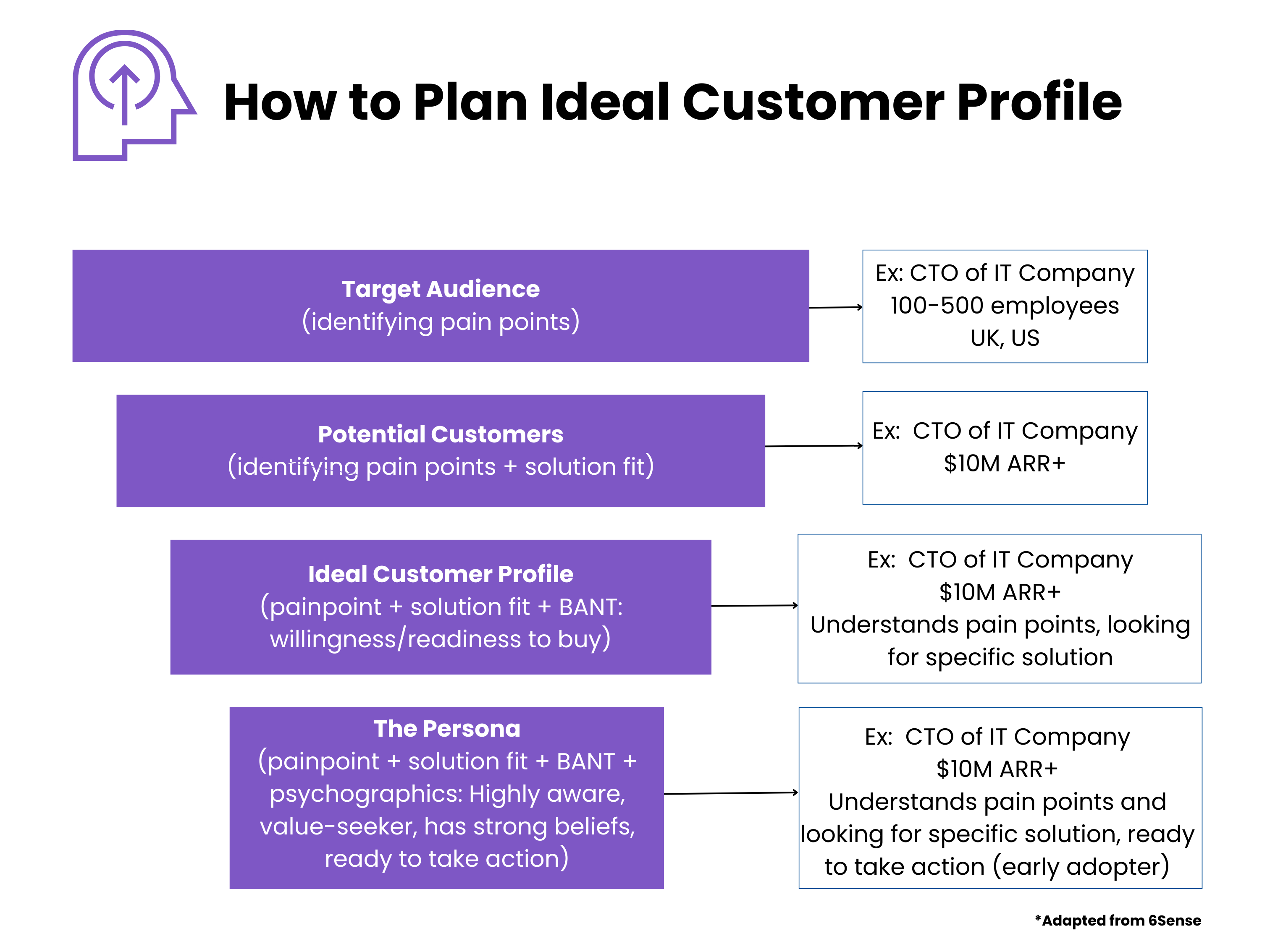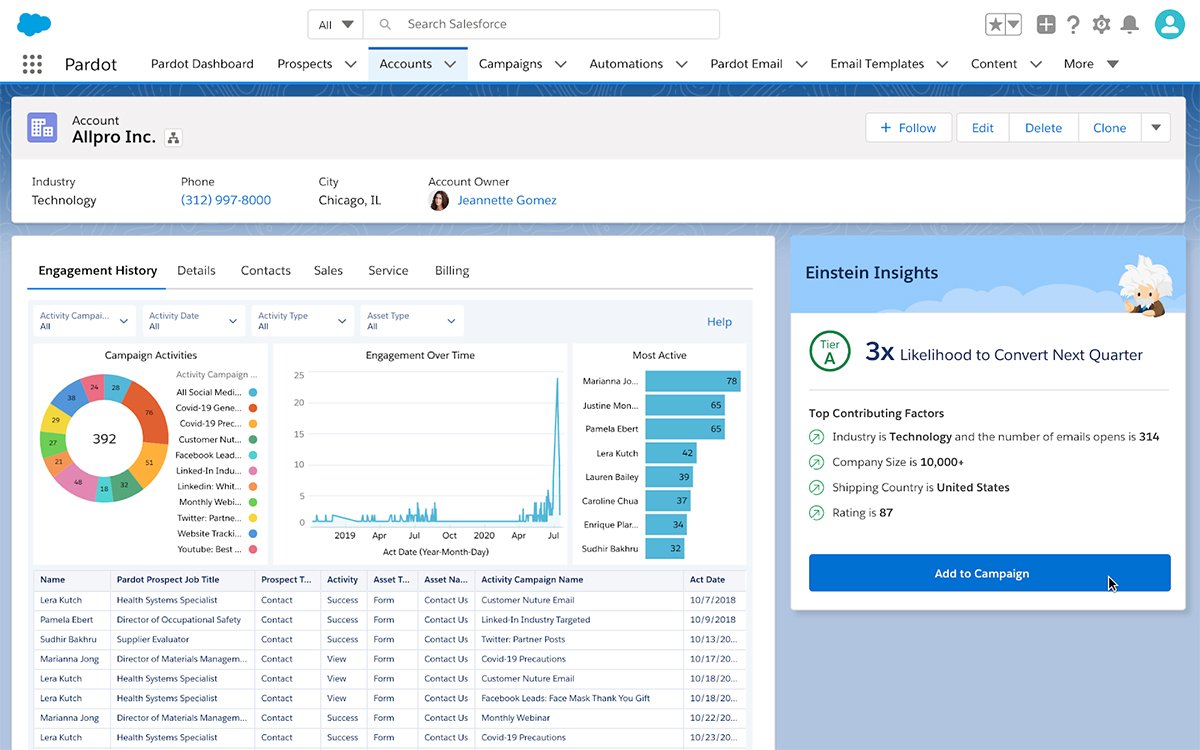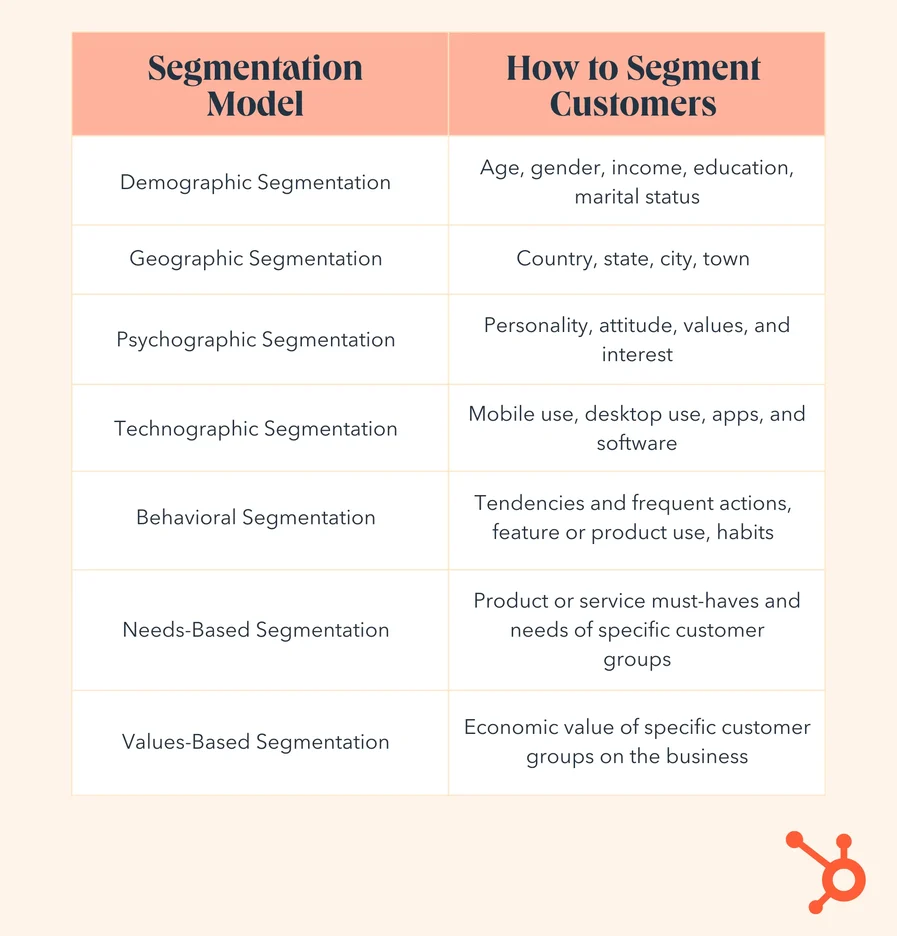
Remember when businesses put all their hopes on just one lead, termed an MQL? Those days seem a bit behind us now. Typically, it isn’t merely one individual making the decision, but entire teams collaborating on purchasing choices. If we keep only chasing MQLs, we’re missing the broader picture that these buying groups paint. This shift raises questions: Are MQLs becoming a thing of the past? Should CMOs take note? Let’s explore this transition and understand why buying groups are taking centre stage in B2B marketing.
1. Unravelling the Move Away from MQLs
For years, MQLs served as the gold standard for pinpointing potential sales opportunities. Yet, as B2B purchasing decisions become more collaborative, solely focusing on individual leads feels limiting. With over 50% of B2B decisions now made by buying groups, the message is clear: businesses need to adjust their strategies or risk obsolescence.
2. The Importance of Truly Understanding the Buyer
Central to this transition is a genuine understanding of the buyer. Take, for example, a Senior Solutions Architect at an IT company. Their challenges, needs, and motivations are diverse and multifaceted. It’s not just about identifying problems; it’s about understanding the context in which they arise. While there’s a clear demand for superior software, truly grasping the daily challenges and organisational pressures faced by this architect and his team can lead to more impactful and empathetic solutions.
3. Rethinking the Buyer’s Journey: The Power of the Ideal Customer Profile (ICP)
Peter Drucker succinctly captured the business essence, stating:
This highlights the pivotal roles of both marketing and innovation. In the intricate B2B milieu of today, creating that customer means delving deeper than superficial needs. It involves not only discerning what a CTO or VP of an IT company desires but also the circumstances and reasons that shape this demand.
Imagine you’re proposing a novel software solution to a CTO of an IT enterprise. On the surface, you’re aware they seek innovative, efficient, and scalable software remedies. But without understanding the broader narrative—perhaps the challenges of integrating multiple platforms, the push from stakeholders for digital transformation, or the imperative to educate their team on emerging technologies—your proposal might fall short.
Many firms initiate this process by delineating customer personas using demographics and psychographics. However, these often generalised or assumption-based personas can be misleading. A more resonant approach involves crafting an Ideal Customer Profile (ICP). This entails:
- Understanding the Larger Audience: Before homing in on a specific individual or role, it’s essential to appreciate the broader landscape. For instance, if you’re offering a cybersecurity solution, your larger audience could encompass all IT companies concerned about data breaches. But within that, the specific challenges, budget constraints, and preferred solutions of a CTO in a startup might differ vastly from a VP in a well-established MNC.
- Identifying Potential Customers: From this larger pool, pinpoint those who not only face the problem your product addresses but are also in a position to act on it. For instance, while many IT companies might be concerned about cybersecurity, only those with a certain budget and urgency—perhaps driven by recent data breach scares—would be immediate potential customers.
- Crafting the Ideal Customer Profile (ICP): The ICP isn’t just about identifying a company or role that could benefit from your solution. It’s about zooming in on those who are acutely aware of their challenges, actively seeking solutions, and have the means to invest in them. For example, the ICP might be a CTO of an IT company with over 500 employees, recently affected by a minor data breach, and actively seeking robust cybersecurity solutions.

By weaving together a broad understanding with the razor-sharp precision of an ICP, businesses can ensure their strategies are not only effective but also empathetic, leading to stronger, more lasting customer relationships.
4.Navigating the Buying Group Landscape: The Roles of Salesforce and HubSpot
In the emerging paradigm of buying groups, Salesforce and HubSpot stand as two vital platforms offering a myriad of features tailored for this new landscape.
4.1. Salesforce: Harnessing Buying Group Dynamics
Account-Based Marketing (ABM): Salesforce’s ABM capabilities allow businesses to target specific accounts or buying groups. By treating each account as a market of its own, Salesforce ensures that the marketing strategies are customised for each buying group.
Segmentation by Groups: With Salesforce, you can segment your contacts not just by individual criteria but by group dynamics. This allows for more nuanced targeting based on the collective behaviour and preferences of buying groups.
Custom Dashboards: Salesforce allows businesses to create custom dashboards tailored to buying group metrics. This offers a comprehensive view of interactions, progress, and potential roadblocks within each buying group.

4.2. HubSpot: Aligning with the Buyer’s Journey
Dynamic Lists: HubSpot’s dynamic lists automatically update based on criteria set by the user. For instance, if a member of a buying group interacts with specific content, they can be automatically added to a list for further nurturing.
Lead Scoring with Buying Group Context: Beyond traditional lead scoring, HubSpot allows for scoring based on buying group dynamics, ensuring that members of a buying group that show high engagement receive more attention.
Workflow Automations for Buying Groups: HubSpot’s automation tools can be set up to trigger specific actions based on buying group behaviours. For instance, if a certain percentage of a buying group interacts with an email campaign, a follow-up can be automatically scheduled.
Segmentation for Buyer Groups: HubSpot’s advanced segmentation tools allow businesses to categorise and target members of buying groups based on their specific roles, engagement levels, and stages in the decision-making process. This tailored approach ensures that marketing communications are hyper-relevant to each member, enhancing the chances of a successful engagement.

Equipped with such feature-rich platforms, businesses are in a formidable position to not only understand but also to effectively engage with buying groups.
In Conclusion
The transition from MQLs to buying groups signifies more than just a change in terminology. It marks a significant transformation in B2B sales and marketing dynamics, emphasising the importance of collaboration, deep understanding, and adaptability. Both sales and marketing teams must now operate in tandem, aligning their strategies to cater to this collaborative buying approach. As discussions, like Forrester’s ‘Saying Goodbye To MQLs’ series, draw attention to this pivotal change in B2B marketing, integrating this new approach isn’t just beneficial—it’s essential.
Not sure where to start in this new age of buying groups? Cremarc’s expertise can guide your strategy, ensuring your brand resonates in this shifting landscape. Let us help you navigate effectively and stand out.